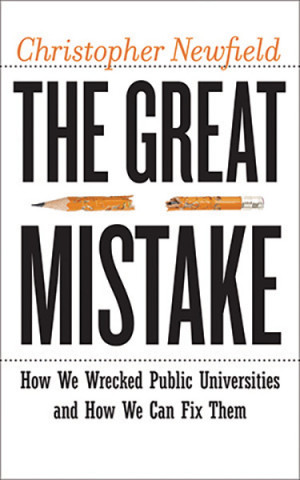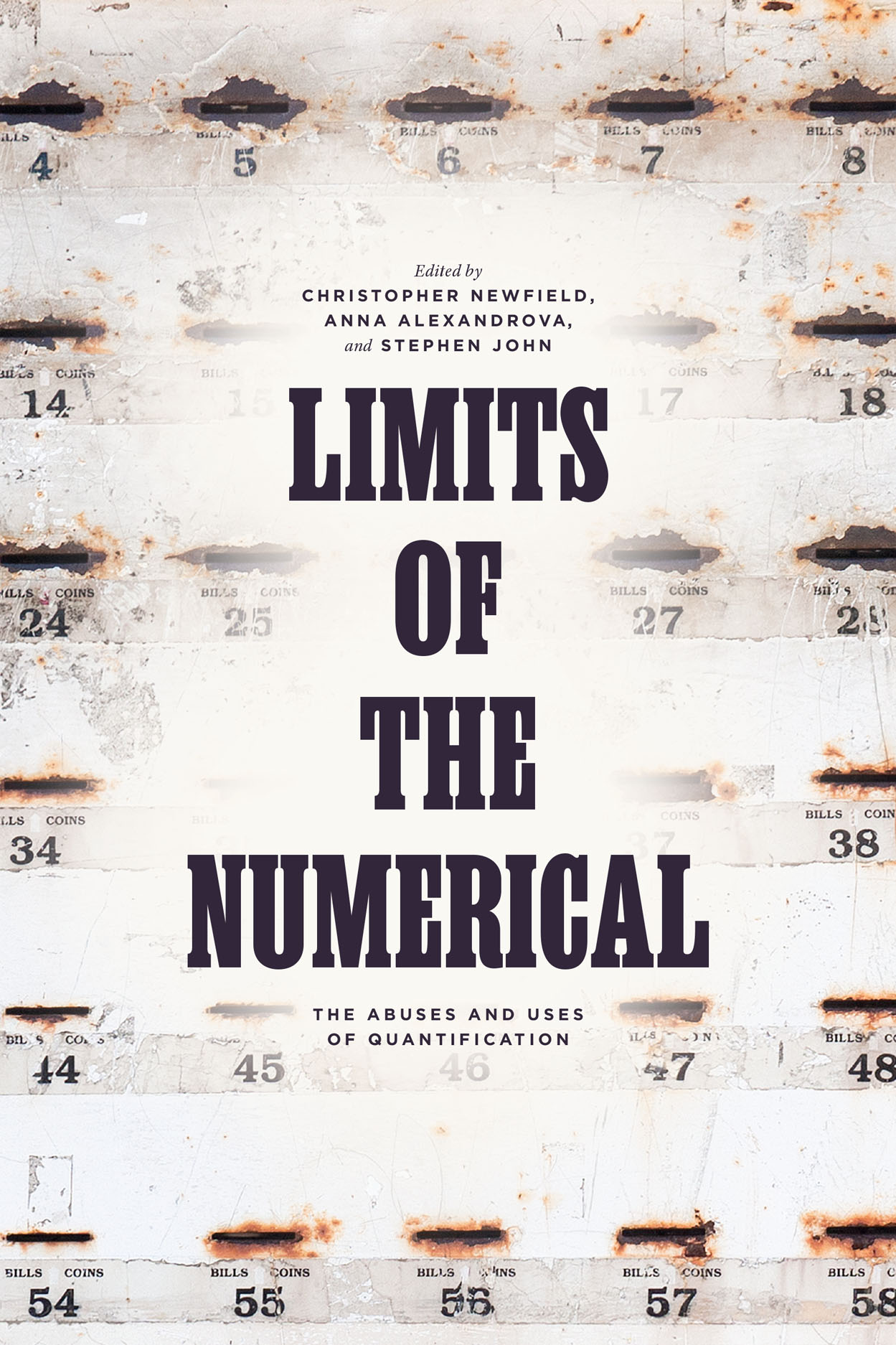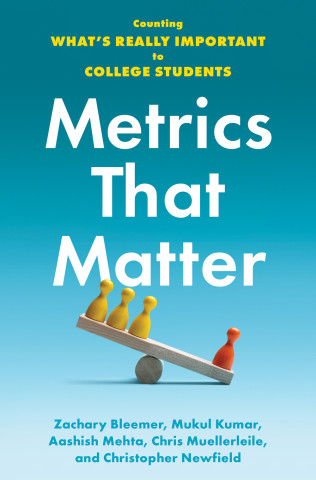By Lyn Hejinian
Two and a half years ago, in July 2009, the Regents of UC granted emergency powers to UC President Mark Yudof under the guise of freeing him to deal with an ostensible budget crisis.
There are a number of ways to frame what has transpired—ways to plot the diverse elements and track the various trajectories set in motion by the actions undertaken in the name of this budget crisis and in opposition to them.
And there are a number of ways to categorize or label or, to use the terminology I offered elsewhere, a number of ways to caption the situation in its totality or to caption notable moments, elements, and/ or events in it.
There is something we can call “the situation in its totality.” This situation is constantly in flux and changing with what seems like increasing velocity; it is unstable, largely unpredictable, more turbulent than fluid. And, though recent months and, even more, recent days have made me feel almost buoyant with optimism and elated with admiration for what the Resistance Social students in their assiduous intelligence and courage and persistence and patience and indefatigability have achieved, nonetheless this “situation in its totality” is a very dangerous one. It is clear that a social uprising is underway, and it has been proven that a militarized police can be called up to suppress it. It is impossible to know at this point what caption to affix to a picture of this past fall. We have been presented not with just one “situation in its totality” but, roughly speaking, with two.
Not only worry but hope springs from the fact that one of them is less a situation than a movement, that exists in utter contradiction of the other. The still dominant arrangement can be identified within the terms of late capitalism, to use Ernest Mandel’s term—capitalism in productive and destructive turmoil, flourishing while also cannibalizing itself, producing enormous profits and catalyzing global crises, a source of seemingly infinite possibilities and a prison-house. This turmoil can readily be translated into a portrait of the apparently dysfunctional government of the US, as well as the apparently, albeit somewhat differently, dysfunctional but functioning government of California. And it can be translated into a portrait, though different yet again, of the university.
As we know, global capitalism, has an insatiable appetite for profit and a concomitant never-ending need to keep its capital flowing. Capital, if it is to remain capital rather than merely cash, has to be producing more economic value than it has to start with. To produce this economic value, it has to be invested. It can’t lie still. Insofar as its rapaciousness has now turned to higher education in the US, which is what we are here to think about, we need to recognize that the merry-makers who invested in sub prime mortgages, having sucked the housing markets dry, and have left homes in shambles and their former owners in the streets have found a new enterprise to prey on: namely education.
As I see it, profit-taking from education is happening in four ways: through corporate investments in research and development facilities (buildings but also the human and other resources that work in them to the benefit of the corporations); through for-profit universities whose courses are conducted almost entirely on-line; through restructuring in the name of efficiency and austerity; and through student loans.
Among these terms, only “for profit” might strike one negatively, and probably only because it is applied to education. “Research and development,” “efficiency,” “austerity,” “student loans”—these labels connote generally positive values in a society as deeply rooted in Protestantism as this one is. But, if they were termed “exploitation,” “diminishment of resources,” “exploitation,” “dismantlement ”and“ debt for profit,” more people would see that “situation in its totality” for what it is: a prolonged situation benefiting “disaster capitalism.” For “disaster capitalism” uses an apparent or manufactured economic crisis as an excuse for a restructuring whereby profit can be more readily directed into the pockets and purses of the profiteering class—what has come to be known as the 1%, functioning to oppress, impoverish, restrict, disempower, stymie, alienate, and exhaust—and thereby control—the rest of the population. In a UC context, that population consists of students, staff, workers, and most members of the faculty, whether they are paying attention or not.
And this brings me to the other part of the “situation in its totality,” the movement that has emerged to offer adamant resistance to the university administrators who attempt to turn the University ever more completely into an institution of global capitalism. Those same alienated, oppressed, impoverished, restricted, and exhausted students (along with long-embattled workers and their unions and a handful of staff and a few—though now perhaps less few faculty) are now the creators of an anti-capitalist practice—one which exists as a serial, open-ended, always already accomplished totality, which eschews being summed up, though it insists on perpetually taking place.
I am speaking, of course, of the Occupy movement, but I want also to acknowledge its local and immediate and fledgling manifestation on the steps of Sproul Hall as the Open University.
The Occupy and Open movement is a manifestation not of a political body but of a polis per se—like that which flourished in the agora of ancient Greece, only better. The Greek polis, after all, although a social space in which equals appeared reciprocally and freely before each other, mutually acknowledged and acknowledging and reciprocally attentive to each other’s ideas and opinions, excluded women, non-land-owners, and all workers (who, bound to tasks required for keeping life and limb together, were by definition unfree).
Virtually all initiatives undertaken by the UC administration in the last several years have been financial; it has articulated no other visions and seems not to have any. The fetishism of efficiency seems to be its major accomplishment, and once set in place economic efficiency almost always serves ultimately as an engine of profit. On the Berkeley campus it is also a source of financial and intellectual and psychic impoverishment. And it has contributed just as much as the police have to the prevailing climate of fear.
The Occupy and Open movement, meanwhile, has established a model that stands as a radical counter to efficiency. It has leaderless encampments without demands. Wherever Occupiers gather is an encampment, an assemblage. They practice radical democracy, off-the-grid and non-predatory living, in an awkwardly benevolent climate fostering mutual aid, cooperation, debate, and slow-living. It is non-ideological—the assemblies work to distribute ideas not to instantiate them, and discussions in the general assemblies demand prolonged and repeated rethinking. Social value here is located in and as social, and sociable, action—as a process of living and working together, animating singular and collective possibilities.
Students and workers are discovering and repeatedly affirming new capacities for agency and also new agential contexts and goals—even as their agency, or their freedom, especially insofar as it can be termed economic freedom, is being curtailed.
It is possible to think about the praxis of protest—and particularly the modes of protest that have come into play this past fall—from an aesthetic point of view—as a praxis committed to the good and, in a metaphorical as well as literal sense, to the beautiful. The values that are being elaborated in the Occupy and Open manifestations of the current anti-capitalist movement are embedded not in products but in activities and ways of carrying them out. Its ideals are a spirit of creative experimentation, immanent to which is an historical sense—perhaps not articulated but present nonetheless—of our living in a shared world.
For a period in the early 1960s, the great photographer Ansel Adams was commissioned by then UC President Clark Kerr to take photographs reflecting UC as it was and as it might be. When Clark Kerr was fired by the Regents—spurred on by then governor Ronald Reagan, who pursued accusations that Kerr was a communist—Adams’s commission was terminated and the 6000 or so photographs that he had taken were shelved. They have only just been rediscovered in the UC archives. I’ve seen only a few, on Professor Catherine Cole’s laptop, but they are beautiful. And, as she herself pointed out, they seem often to have been shot with the camera angled upward, toward a far horizon.
For me, however, the focus on the future should be directed toward the ground, where diverse manifestations of the Occupy and Open movement are unfolding, now, in present and real time, fostering immediate care, humility, curiosity, and love.
The Occupy movement does not have an ideology; what it has, rather, is a poetics.
The late Palestinian poet Mahmoud Darwish once remarked that “A people without poetry is a defeated people.” I am optimistic that it is also the case that a people with poetry can not be defeated.
But feel free to walk around
13 hours ago




2 comments:
Many of the best of the Ansel photographs were published by him in 1967, not lost, and the archives have been available, including on the UC Riverside web site, for years. If the faculty at Berkeley and UCLA have only "just rediscovered" them, you can't really blame the 1960s era Regents for shelving them....
Dear Anonymous: it would be great if you could engage with the substance of this post rather than post an anonymous hit and run. At the very least, a link to the photos would be helpful. From a google search: http://www.zazzle.com/ucrcmp
Join the Conversation
Note: Firefox is occasionally incompatible with our comments section. We apologize for the inconvenience.